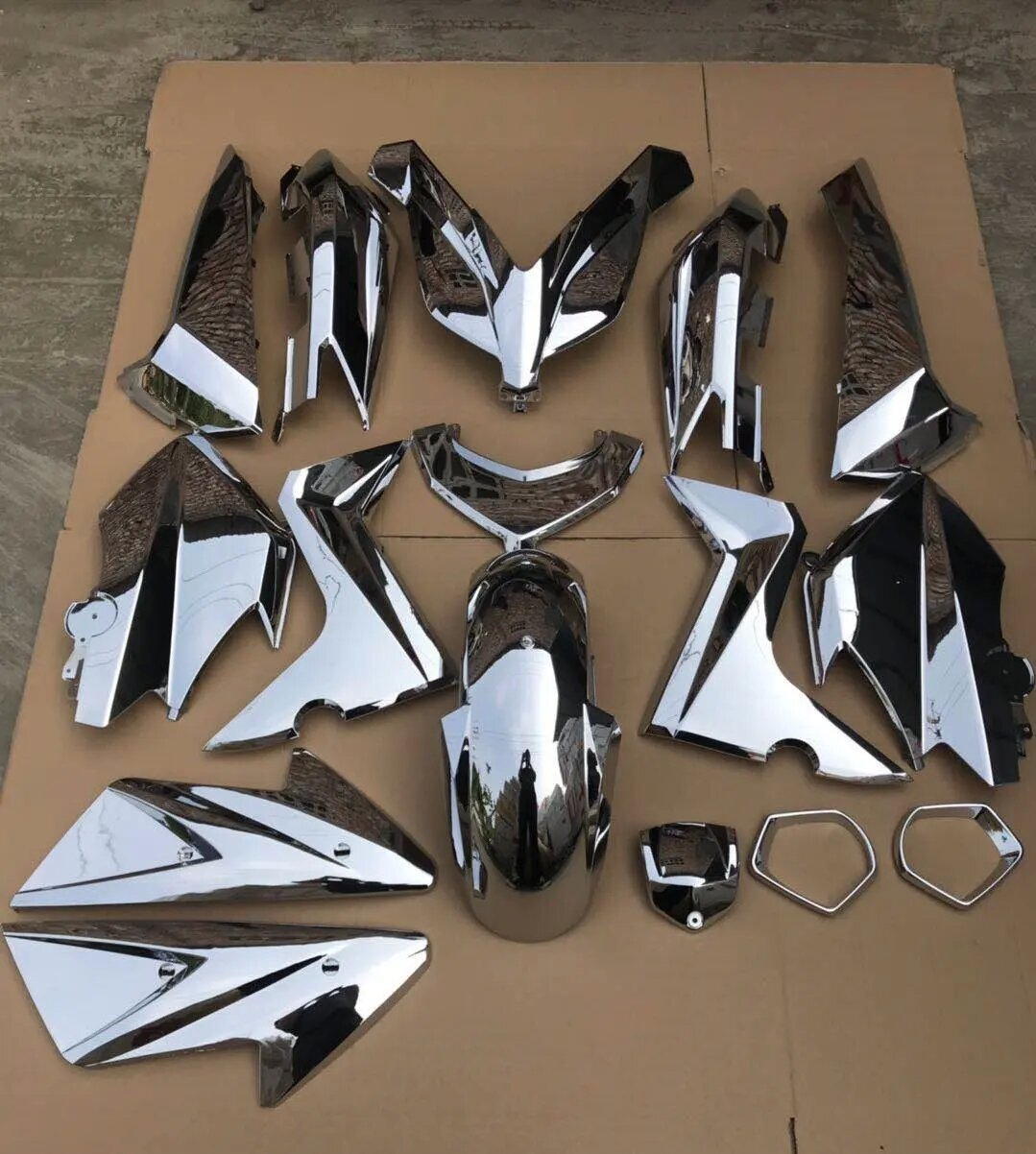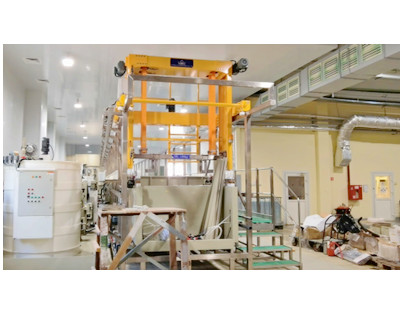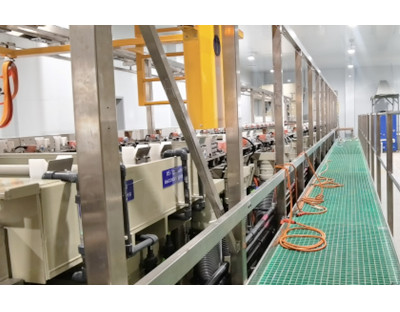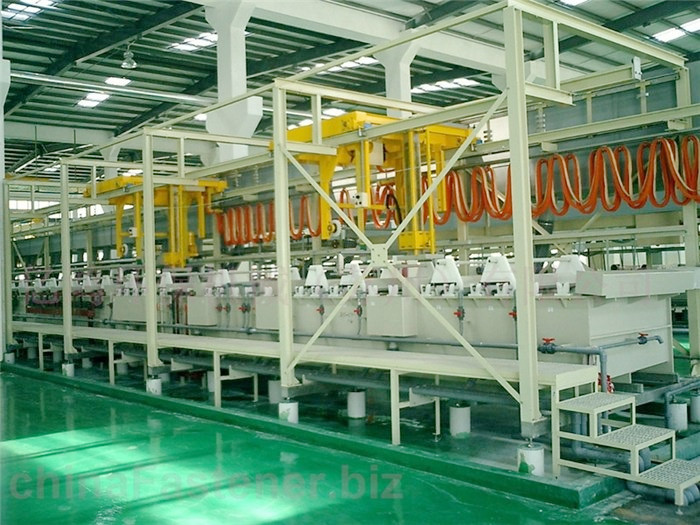Silver plating on aluminum and its alloys is much more difficult than silver plating on general copper parts, and the process is also relatively complex. The main reason is that the properties of aluminum and its alloys are different from other metals. Aluminum is a zwitterionic metal that reacts with both acids and alkalis. Improper pre-treatment can cause surface corrosion. Moreover, aluminum and its alloys are prone to producing oxide films in both air and solution. If this oxide film is not removed thoroughly, it will affect the adhesion of the coating.
The most crucial issue in silver plating on aluminum and its alloys is the adhesion between the coating and the base metal. Therefore, special treatment methods must be adopted in order to obtain a silver coating with good bonding strength on the aluminum substrate. The method of zinc immersion can effectively solve this difficulty.
Zinc impregnation utilizes the principle that aluminum has a negative potential and is prone to displacement in an electrolyte solution, resulting in a thinner zinc layer. This zinc layer is sandwiched between the base metal and the silver coating to enhance the bonding strength between the coating and the base metal.
During the silver plating process of aluminum and its alloys, the following points should also be noted:
1) Whether it is degreasing or alkaline washing, the content of NaOH should not be too high, and the time should not be too long to avoid excessive corrosion on the surface.
2) The zinc dipping process is the key to obtaining a satisfactory coating. Zinc dipping needs to be done twice because after the first dip, the zinc layer is relatively rough. After removing it with a 1:1 HN0 ratio, proceed with a second zinc dip. After the second zinc dip, only when a uniform, fine, and well bonded zinc layer is obtained can the next process proceed.
3) During the zinc dipping process, attention should be paid to swinging to prevent parts from overlapping each other and causing local absence of zinc layer.
4) If poor zinc immersion quality is found, use a 1:1 HN0, remove it, and then re dip the zinc.
5) After zinc immersion, the parts should be charged into the cyanide copper plating solution and subjected to high current impact plating for 2 minutes before returning to normal current. If the surface of the parts is found to be black or dark during electroplating, the parts can be removed and treated before electroplating.
6) After copper plating on aluminum parts, the normal process of silver plating on copper parts can be followed.








 Mar. 07, 2022
Mar. 07, 2022 




